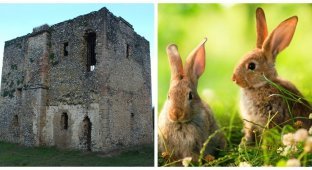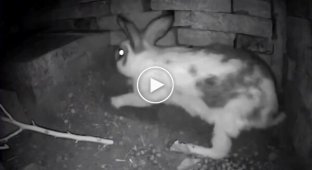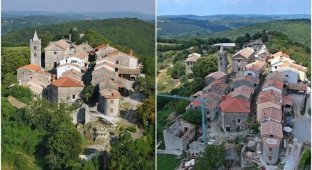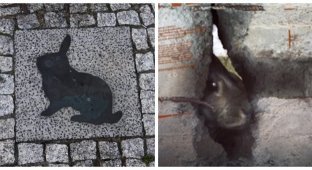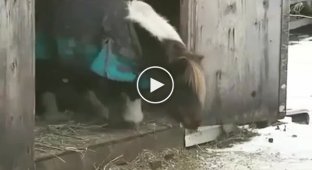The Warrens — the underground rabbit cities of the Middle Ages (11 photos)
In medieval England, rabbits were raised in an unusual way - not in cages, but in special earthen labyrinths known as warrens or pillow mounds. 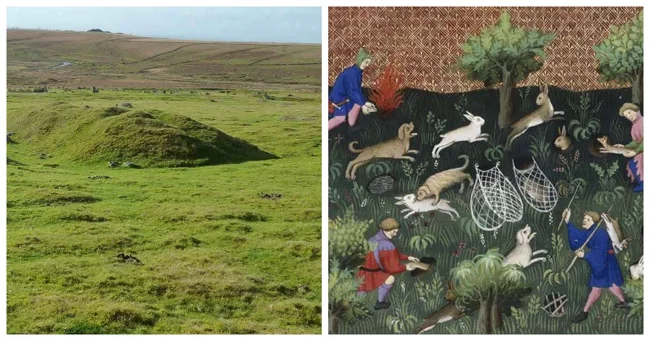
These artificial mounds concealed a branched system of burrows with good ventilation inside, where the animals could breed and raise their offspring in peace. 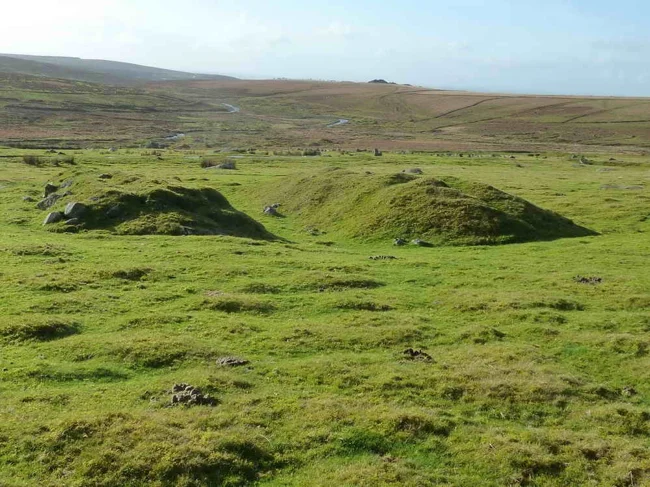
The structures resembled giant oval-shaped pillows, and were sometimes connected by underground passages lined with stone. To prevent the animals from escaping, the area was surrounded by water or a deep moat, and protected from predators by a high fence. 
A watchtower and a house for the warrener, the person who looked after the farm, were often erected near the rabbit farms.
A Valuable Resource 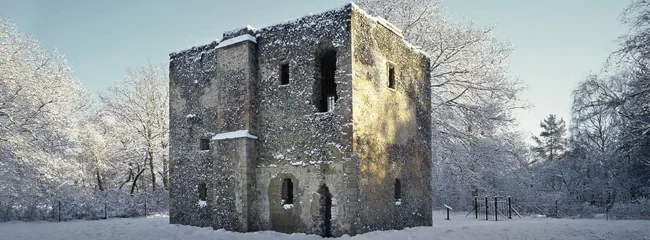
Thetford Warren Lodge, Norfolk
While rabbits are seen as pests today, they were considered a treasure in the Middle Ages. Their tender meat was served to the nobility, and their pelts were used as a substitute for expensive ermine fur. 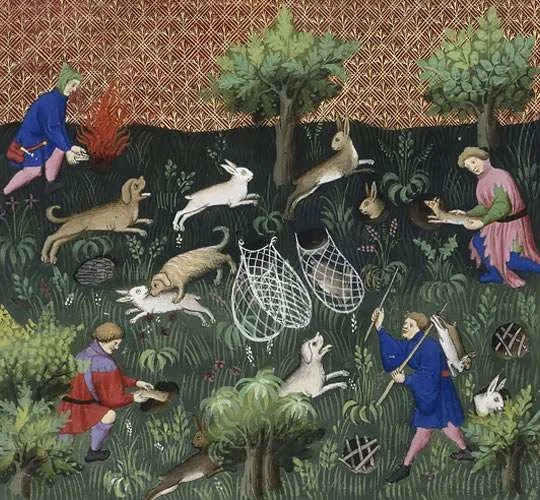
Catching rabbits, 15th century French manuscript
Wild rabbits were originally native to southwestern Europe, in what is now Spain, Portugal and France. They were brought to Britain by the Romans after their conquest of the islands in 43 AD. However, they only became widespread in the 11th century, and many historians attribute this to the Norman conquest. 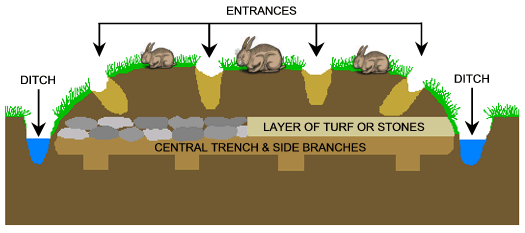
The English climate was initially too harsh for the southern animals, so their breeding required a special approach. For five centuries, it was the Warrens that remained the main source of rabbit meat and fur. And when the Great Famine struck Europe in the 14th century, these farms helped many survive the lean years. 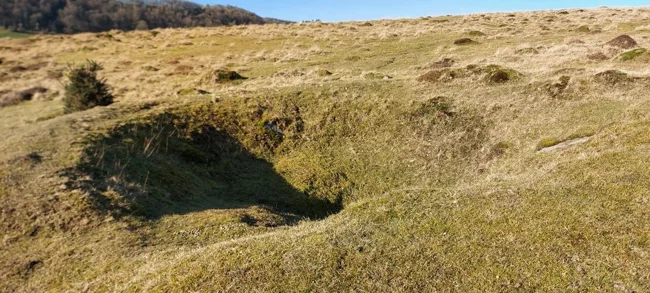
Only by the 18th century, when rabbits began to proliferate in the wild, did they become a simple food and lose their former value.
A Legacy of the Past 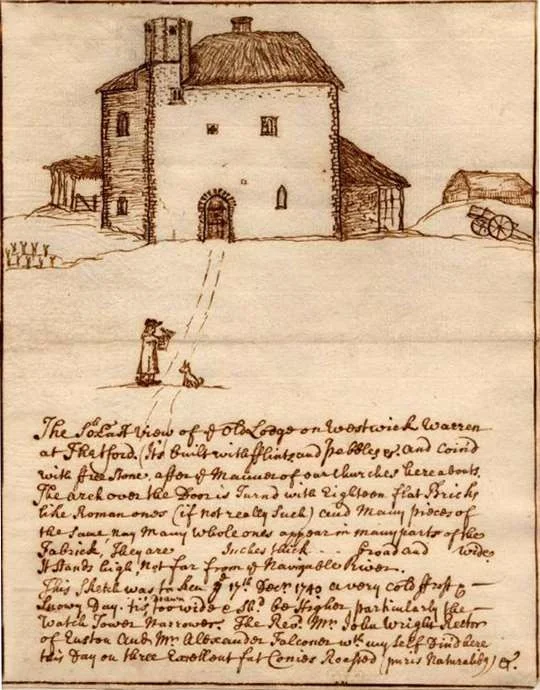
A drawing of Thetford Warren's lodge
Now the technology of creating pillow-shaped mounds has long been forgotten, and most of these structures have collapsed over time. However, hundreds of ancient warrens can still be found around the UK, particularly in dry, poorly farmed areas such as Breckland and Dartmoor. 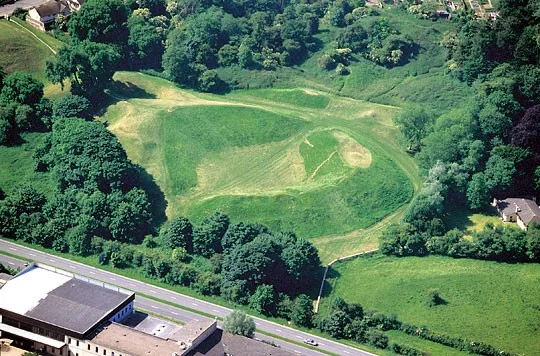
Some of these sites are now protected by English Heritage, reminders of the unusual agricultural industry of a distant era. 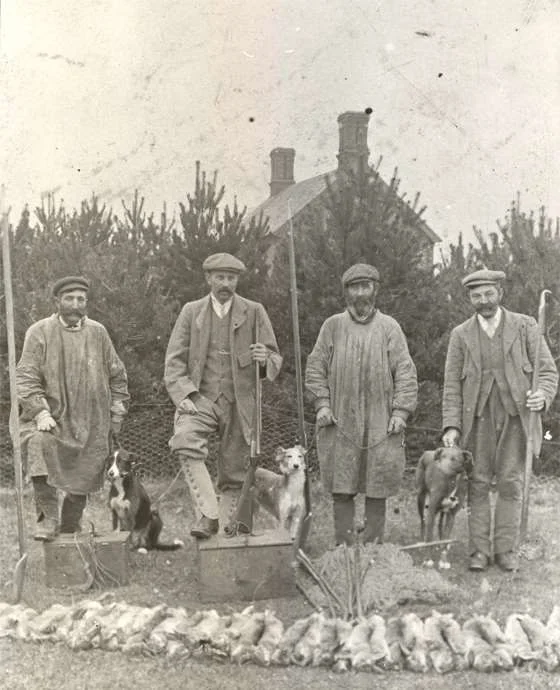
Warreners, probably at Barnham, Suffolk, early 20th century 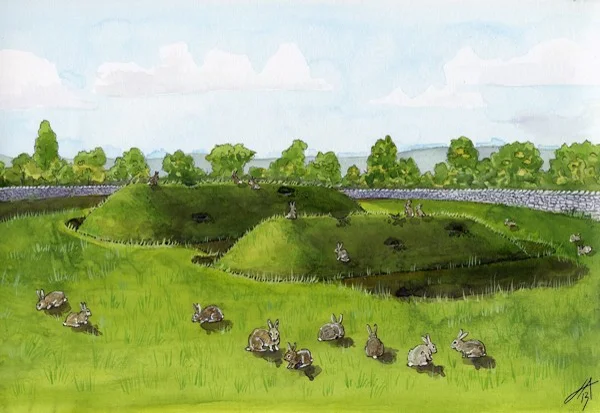
Reconstruction of medieval 'pillow barrows' at Radholme or Ligram Deer Park in the Forest of Bowland, Lancashire, c.1500












